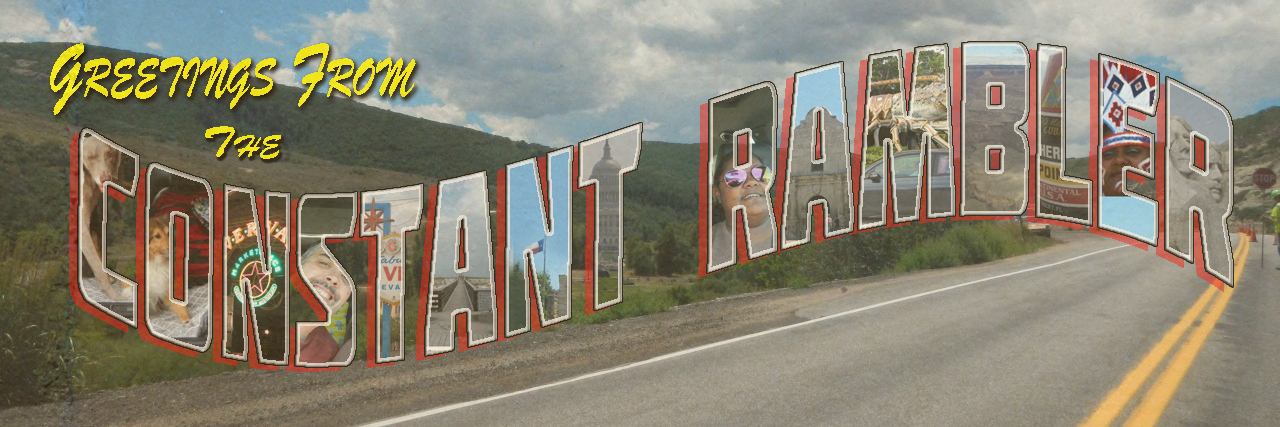Barcelona may be a modern, thriving metropolis but it also has deep historical roots, with its heritage dating back to the Roman era. I think it’s important to discover different sides to the destinations I visit, so when I travel to Barcelona, I’m planning to uncover a few of its Roman sites.
In fact, I’ve been surprised by just how much has been left behind by this once-great empire, especially given the huge scale of development that’s happened in Barcelona in the subsequent centuries.
One of the other great things about discovering Barcelona’s Roman treasures is that many of them are in the same part of the city – the Gothic Quarter – which was once the heart of Barcino, as the Romans called it. If you’re traveling on a budget, you’ll be pleased to know that many of these sites are free to explore, so find a cheap hotel in Barcelona to enable you to enjoy a low-cost getaway. Here are a few of the attractions I’ll be checking out.
Roman Wall
On Placa Nova you’ll find the remains of the Roman wall, which is behind the Casa l’Ardiaca, an impressive building in its own right that dates from the 12th century. There’s only a small section of the defensive wall left, but you can get an idea of what it must have looked like when it surrounded the entire city.
Adjoining the wall is a replica of a section of an aqueduct, which used to run next to the main route into the city. This isn’t the only thing worth looking out for around Placa Nova, though, as you can also see what remains of the monumental gateway that once acted as the entrance to Barcino.
While the original defensive wall dates from the 1st century BC, a second wall was constructed in the early 4th century AD to reinforce it. You can find part of this structure in Placa Ramon Berenguer el Gran and if you take a close look at it, you’ll notice it’s been made using reclaimed materials from other buildings.
There are also parts of the wall that you can’t see, as the 14th century royal chapel of Santa Agata used the structure for its foundations. I’m just amazed that this wall was once 16 m high and featured 74 towers – it must have been incredibly imposing in its day.
Museu d’Historia de Barcelona
Also in the Gothic Quarter is the Museu d’Historia de Barcelona, which I think sounds like a great place to visit to get a better insight into what life was like during the Roman era. The museum is located in Placa del Rei, which is actually above one of the most extensive archaeological sites relating to the Roman period in the city.
There’s lots of impressive architecture from the 11th, 14th, 16th and 20th centuries in the square, but it’s the exhibits in the history museum that interest me the most. Among the displays are Roman portraits that were recovered from various dig sites around the city’s walls, ceramics and items bearing Roman and Hebrew inscriptions.
Temple of Augustus
This is a real hidden gem in the Gothic Quarter and, although there’s not a lot of the temple left, what does remain is quite spectacular. Tucked away in a medieval courtyard off Carrer Paradis are four carved columns that have survived the centuries.
Each of the columns are 9 m high and it’s believed the temple that once stood here was 17 m wide and 37 m long. The remains of the temple were reconstructed by architect Puig i Cadafalch in the early 20th century and are a fantastic reminder of how important Barcino was to the Romans.




